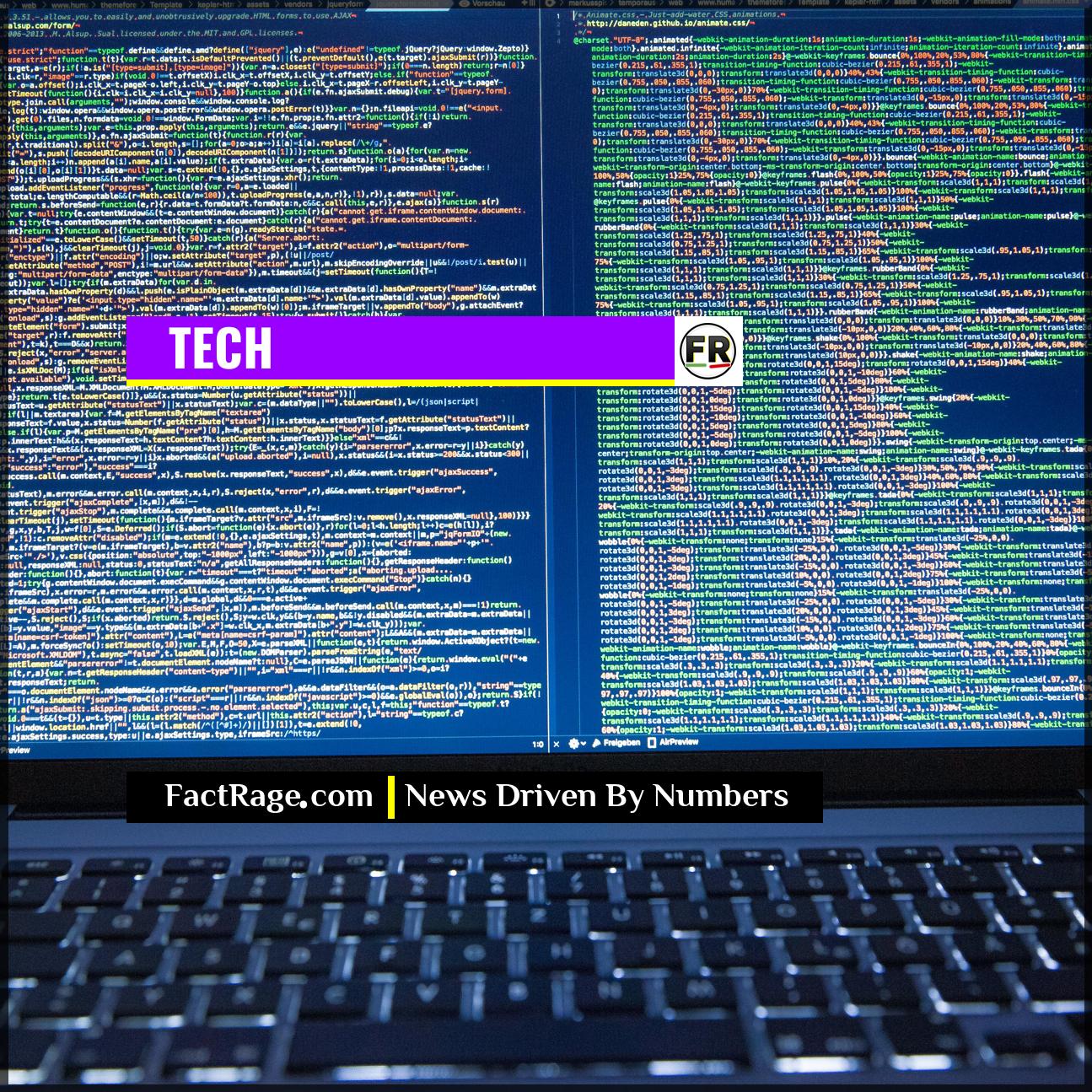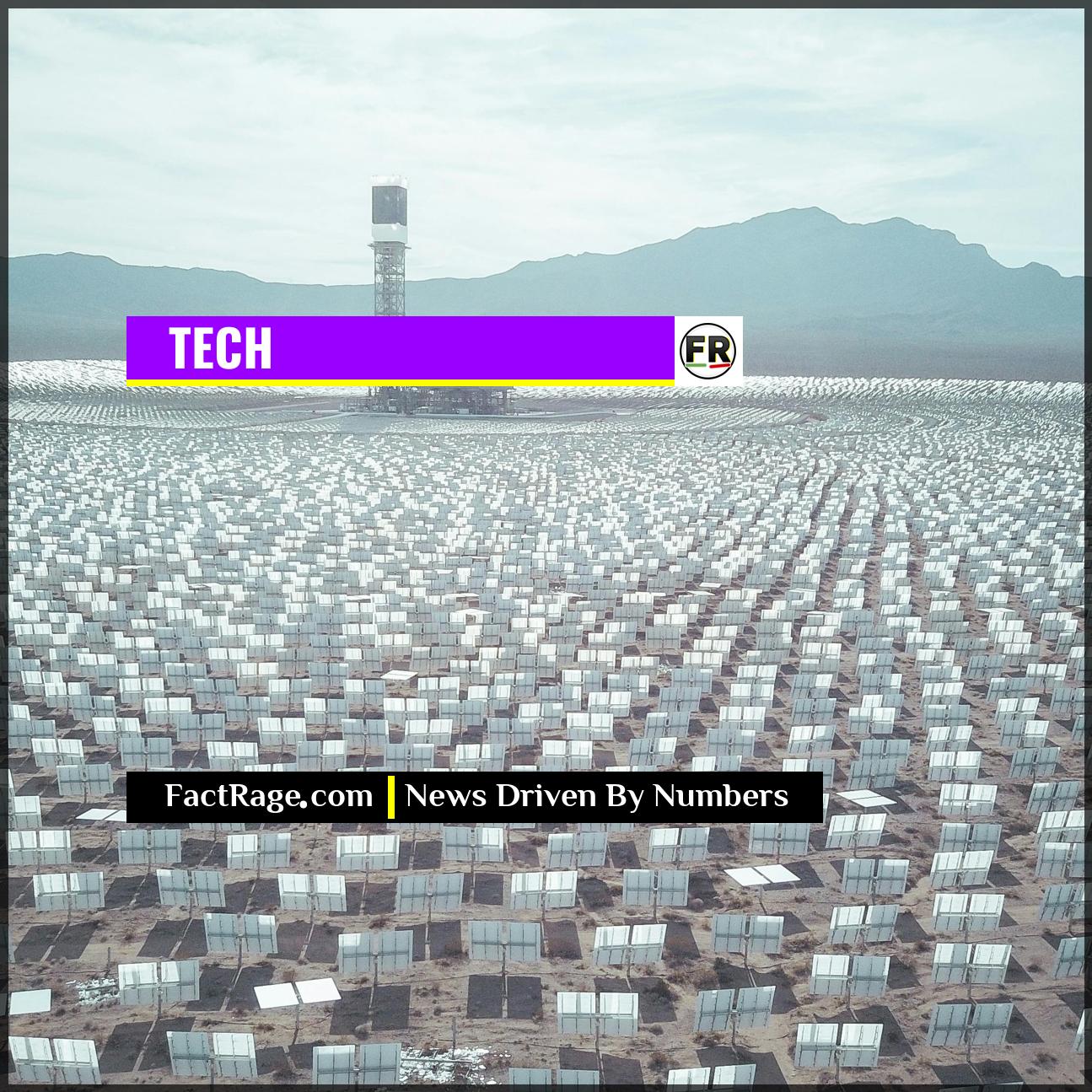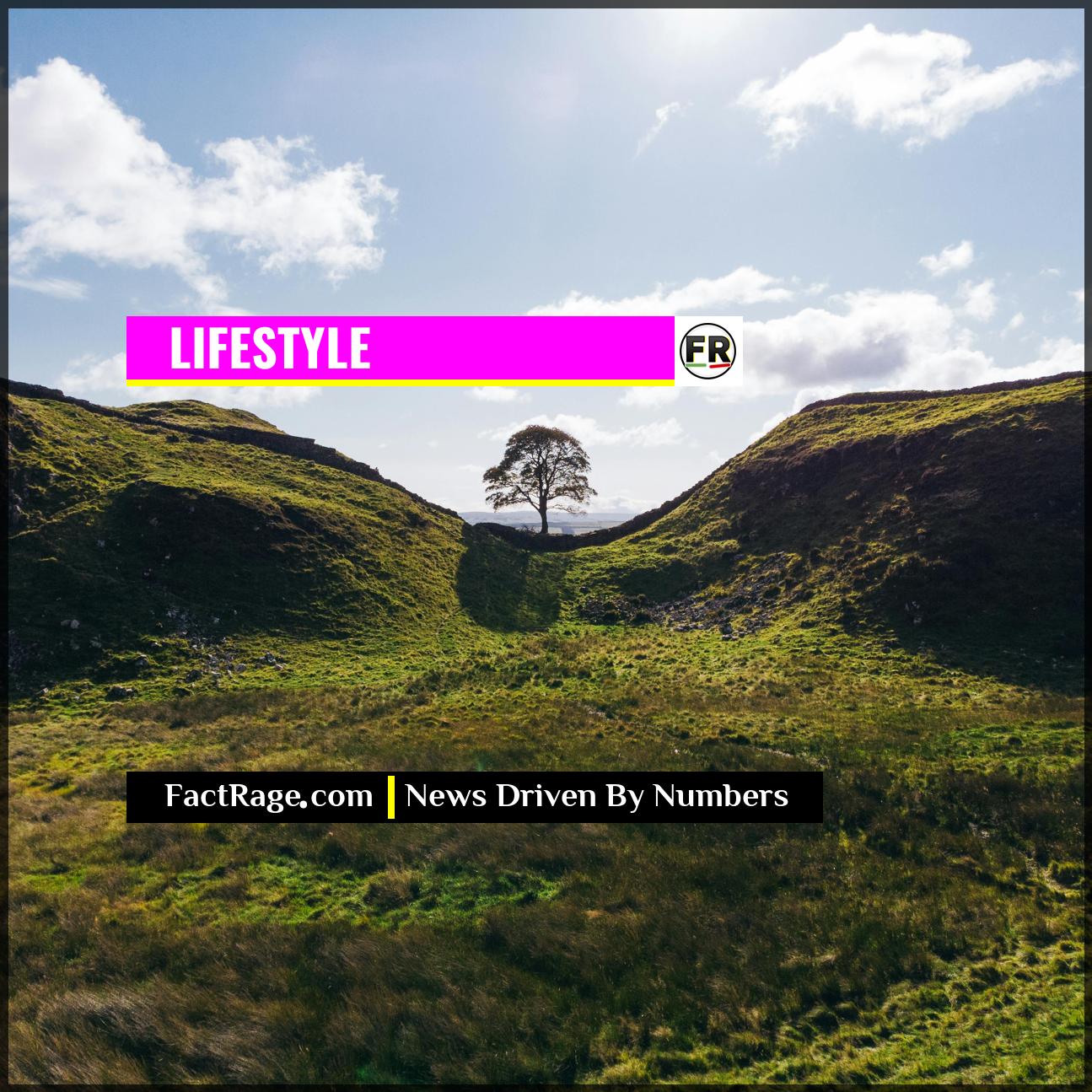CUPERTINO, CA – A key researcher behind some of the most significant advances in artificial intelligence at Google and Apple, scientist Ruoming Pang is playing a pivotal role in developing the AI that will soon run directly on consumer devices.
- Foundational Research – Pang has co-authored influential papers on large language models (LLMs) and multimodal AI, which allows AI to understand and process different types of data like text, images, and audio simultaneously.
- On-Device AI Pioneer – A significant focus of his work involves making powerful AI models small and efficient enough to run directly on devices like smartphones, a process that enhances speed and user privacy.
- Industry Influence – His career includes key roles at Google and now as a distinguished scientist at Apple, placing him at the forefront of AI development at two of the world’s most influential tech companies.
While not a household name, Pang’s technical contributions are fundamental to the AI features many people already use and the advanced capabilities coming in the near future. His work addresses some of the biggest questions in modern AI: How can a computer understand the world like a human does, and how can that power be placed securely in the palm of your hand?
From the Cloud to the Palm of Your Hand
![]() The headlines are filled with talk of AI, but the real revolution is happening on a much smaller scale. The shift from massive, remote data centers to powerful intelligence that lives right on our devices is fundamentally changing our relationship with technology. This transition toward a more private and responsive AI isn’t just a corporate strategy; it’s a monumental scientific challenge being solved by a few key minds.
The headlines are filled with talk of AI, but the real revolution is happening on a much smaller scale. The shift from massive, remote data centers to powerful intelligence that lives right on our devices is fundamentally changing our relationship with technology. This transition toward a more private and responsive AI isn’t just a corporate strategy; it’s a monumental scientific challenge being solved by a few key minds.
Read On…
Here, we’ll explore the science behind this critical leap and introduce you to Ruoming Pang, one of the quiet architects whose work is building the blueprint for your personal AI future.
What Does It Mean for AI to ‘Understand’ Images and Text Together?

One of the most complex frontiers in artificial intelligence is creating models that can process more than just text. This field, known as multimodal AI, aims to build systems that can seamlessly interpret a combination of images, sounds, and language. Ruoming Pang has been a central figure in this effort.
During his time at Google, Pang was a co-author on major research papers for models like PaLI-3, a system designed to excel at tasks that require understanding both visual and textual information. This type of research is the engine behind practical features like searching your photo library using conversational phrases (e.g., “show me photos from my trip to the mountains last summer”) or an AI assistant that can “see” through your phone’s camera to identify an object and tell you about it. The goal is to move AI from a text-based tool to a more comprehensive assistant that perceives the world in a more human-like way.
Why ‘On-Device’ AI Is A Critical Next Step
Historically, the most powerful AI models have required massive data centers to run, sending user queries to the cloud for processing. This raises concerns about data privacy and can introduce delays. A major focus of Pang’s recent work, particularly at Apple, has been to solve this problem by making AI small and efficient enough to run directly on a user’s device.
This “on-device” approach offers three key benefits:
- Privacy: Personal data, like photos, emails, and messages, can be processed on the device itself without being sent to company servers.
- Speed: Without the need to communicate with a distant server, AI-powered features can respond almost instantly.
- Accessibility: Functions can work even without an internet connection.
Achieving this requires sophisticated techniques to shrink large AI models without losing their power, a process known as model quantization or distillation. Pang is a co-author of recent academic papers exploring exactly these methods, signaling their importance for the next generation of consumer electronics. His work is directly enabling the shift toward more personal and private AI experiences.
How One Scientist’s Work Shapes a Trillion-Dollar Industry
The research contributions of scientists like Ruoming Pang have a direct and profound impact on the strategies of the world’s largest technology firms. Apple’s recently announced “Apple Intelligence” platform is built on the very principles of powerful, private, on-device AI that Pang’s work facilitates. The company’s emphasis on user privacy as a key market differentiator relies on the success of these complex engineering feats.
Similarly, Google’s continuous integration of multimodal AI into its core search product and Android operating system stems from the foundational research conducted by teams on which Pang served. The ability to use Google Lens to identify a plant or translate a sign in real-time is a direct commercial application of this scientific field. The quiet, incremental work done in research labs by scientists like Pang ultimately dictates the capabilities and features that define the technology millions of people interact with daily.
The Blueprint for a Personal AI Future
![]() The journey of AI from the cloud to the device in your hand is more than a technical achievement; it represents a fundamental shift in our relationship with computing. The work of scientists like Ruoming Pang provides the essential blueprint for this change, making our interactions with technology more private, intuitive, and seamlessly integrated into the real world. While companies launch the products, it is this quiet, foundational science that writes the script for what comes next, defining a future where our most powerful tools are also our most personal.
The journey of AI from the cloud to the device in your hand is more than a technical achievement; it represents a fundamental shift in our relationship with computing. The work of scientists like Ruoming Pang provides the essential blueprint for this change, making our interactions with technology more private, intuitive, and seamlessly integrated into the real world. While companies launch the products, it is this quiet, foundational science that writes the script for what comes next, defining a future where our most powerful tools are also our most personal.














